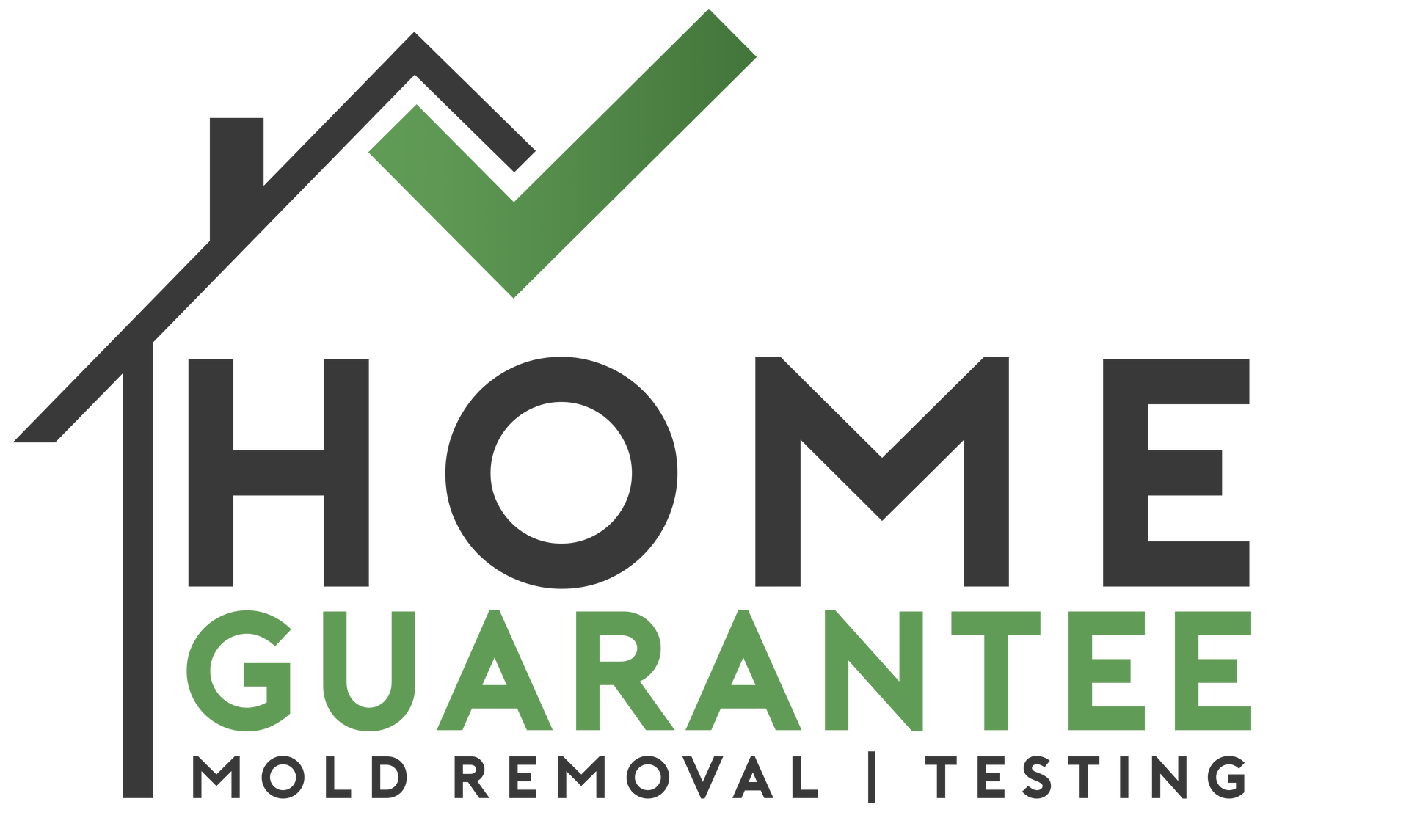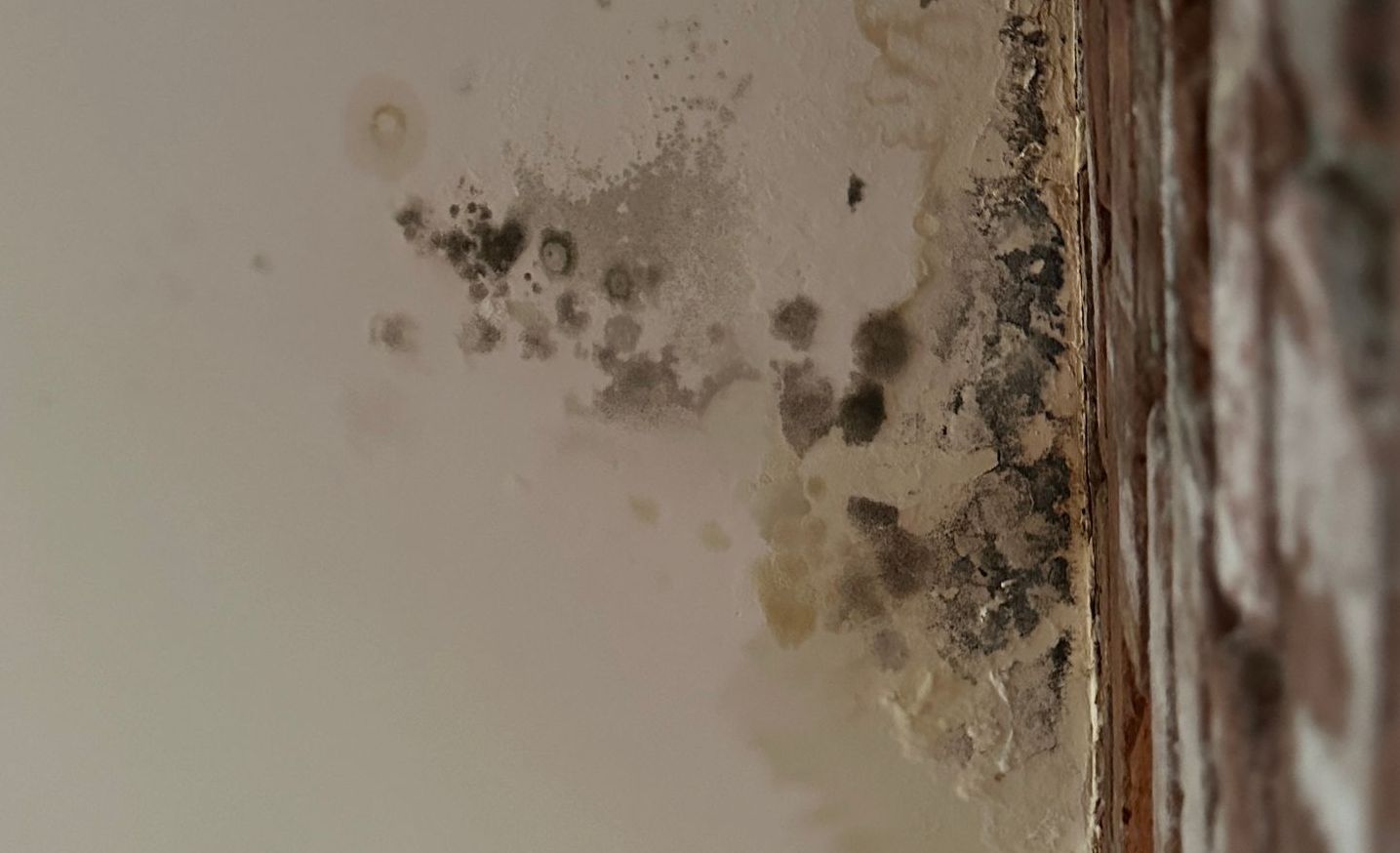Get in touch
How to Remove Mold From Your Shower

The presence of mold in showers is a widespread issue in many homes. It's not only unsightly but can also be a health hazard, causing various respiratory problems and allergic reactions. Understanding the causes of mold growth and knowing how to effectively remove and prevent it are key to maintaining a clean and healthy bathroom.
A Common Breeding Ground For Mold
Showers create an ideal environment for mold to thrive due to constant moisture and warmth. Mold spores are naturally present in the air and can quickly grow into visible mold in damp conditions. This is especially true in areas where ventilation is inadequate, allowing moisture to linger on surfaces.
How Dangerous is Mold in Your Shower?
Showers create an ideal environment for mold to thrive due to constant moisture and warmth. Mold spores are naturally present in the air and can quickly grow into visible mold in damp conditions. This is especially true in areas where ventilation is inadequate, allowing moisture to linger on surfaces.Mold in the shower isn't just a matter of aesthetics; it can pose serious health risks. Certain types of mold, like black mold (Stachybotrys), are known for being particularly hazardous. These molds can produce allergens and irritants, potentially leading to respiratory issues, allergic reactions, and in severe cases, more serious health problems, particularly in individuals with pre-existing respiratory conditions, weakened immune systems, or allergies to mold.
How to Get Rid of Bathroom Mold
Removing mold from your shower requires specific strategies depending on the severity and type of mold. Here are some effective cleaning methods:
Cleaning Mold using Chlorine Bleach
Chlorine bleach is potent against mold but should be used with caution due to its corrosive nature. Follow these steps:
- Mix one part of chlorine bleach with two parts of water.
- Apply this solution directly onto the mold using a spray bottle or a sponge.
- Allow it to sit for about 10 minutes, giving the bleach time to kill the mold.
- Scrub the area with a stiff-bristled brush to remove the mold from the surface.
- Rinse the area thoroughly with water, and dry it completely to prevent mold from returning.
Cleaning Mold using Hydrogen Peroxide
Hydrogen peroxide is an effective, less harsh alternative for mold removal. To use hydrogen peroxide:
- Combine equal parts of hydrogen peroxide and water in a spray bottle.
- Spray the solution onto the affected areas.
- Let it sit for 10-15 minutes to penetrate and kill the mold.
- Scrub the area with a brush or sponge to remove the mold.
- Rinse the area well with water and dry it thoroughly.
Cleaning Mold using Distilled White Vinegar
White vinegar is a safe and natural option for mold cleaning. To use vinegar:
- Mix a solution of equal parts water and white vinegar.
- Spray or apply the solution to the moldy areas.
- Allow the vinegar solution to sit for about an hour.
- Use a brush or sponge to scrub the mold away.
- Rinse the area with clean water and ensure it's dry.
Cleaning Mold using Baking Soda
Baking soda not only cleans but also deodorizes and is gentle on surfaces. To use baking soda:
- Make a paste by mixing baking soda with a small amount of water.
- Apply the paste directly to the moldy areas.
- Let it sit for a few minutes to loosen the mold.
- Scrub the area with a brush or sponge.
- Rinse the area and dry it thoroughly.
How to Prevent Mold from Forming
Preventing mold is crucial for a lasting clean bathroom. Here are some effective prevention tips:
- Ensure adequate ventilation in your bathroom. Use an exhaust fan during and after showers to reduce moisture.
- After showering, use a squeegee to remove excess water from the shower walls and doors. This step is simple but very effective in reducing the moisture that mold spores need to grow.
- Regularly clean your shower with mold-inhibiting solutions. Routine cleaning can prevent mold spores from developing into a larger problem.
- Check for and promptly repair any leaks in your bathroom. Leaks can contribute to hidden mold growth behind tiles and walls.
- Keep the humidity levels in your bathroom low. If necessary, use a dehumidifier to help control moisture in the air.
By understanding the nature of mold growth and employing these effective cleaning and preventative strategies, you can keep your shower space mold-free, ensuring a hygienic and healthy environment in your bathroom.
Read More Posts
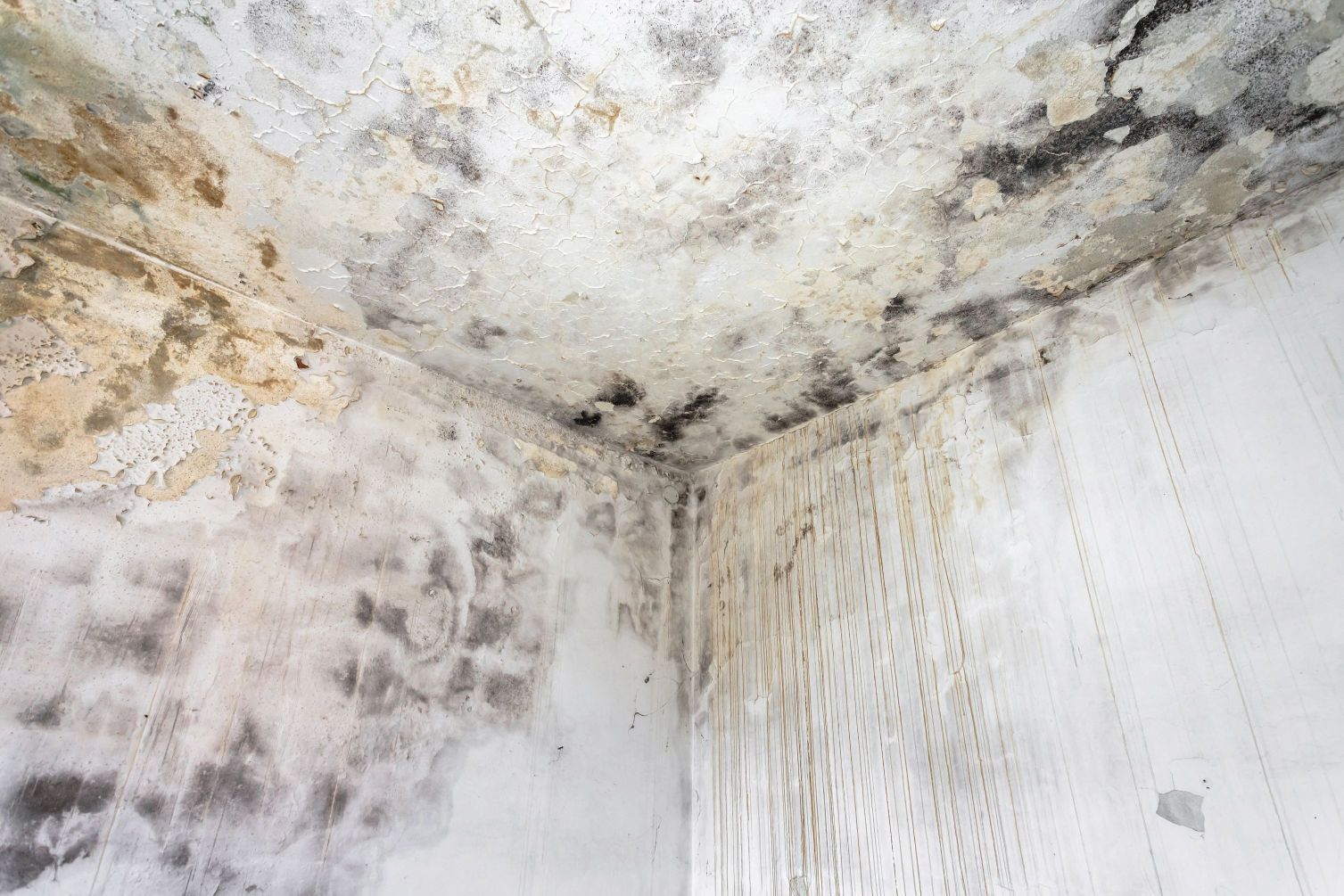
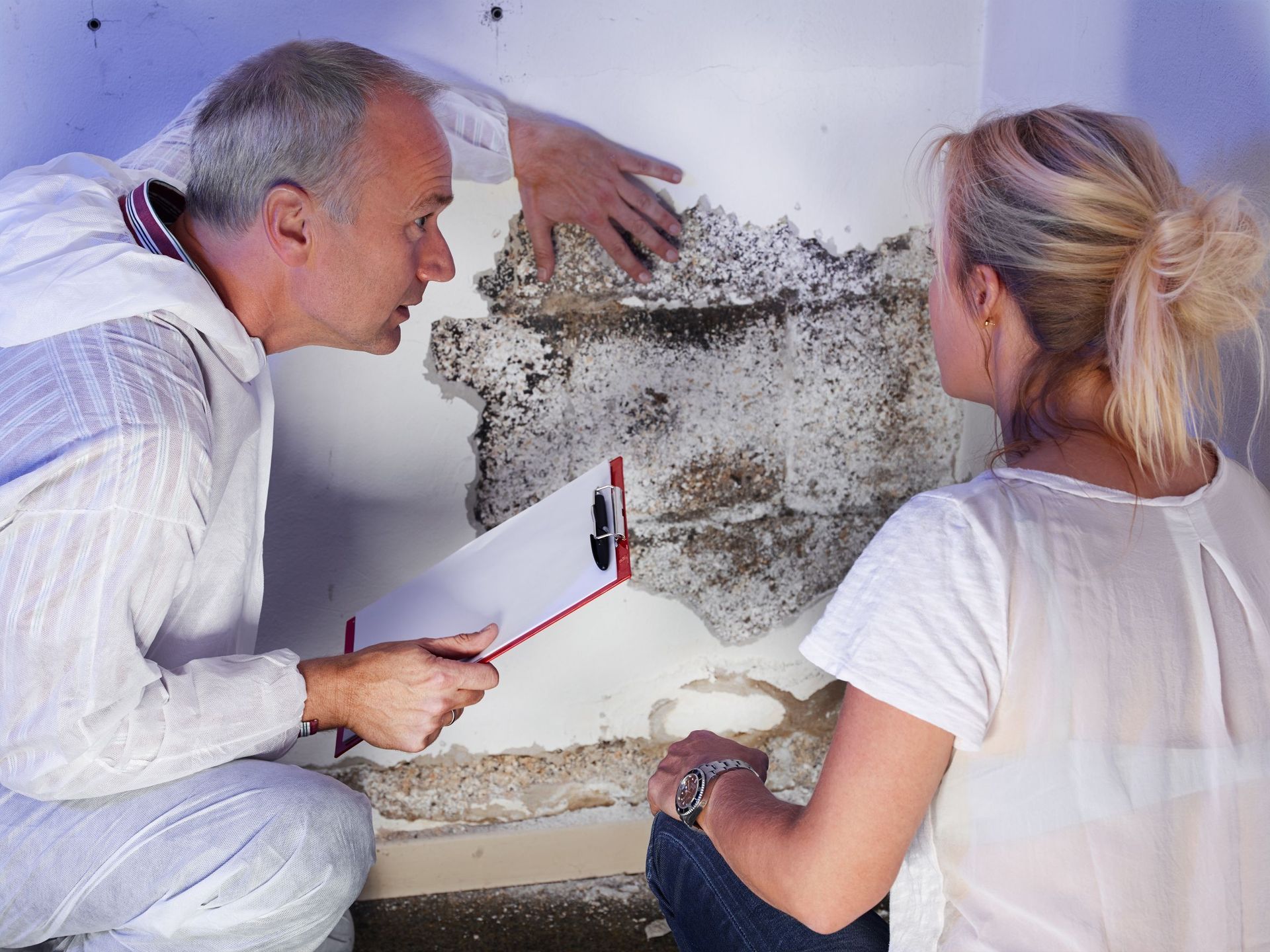
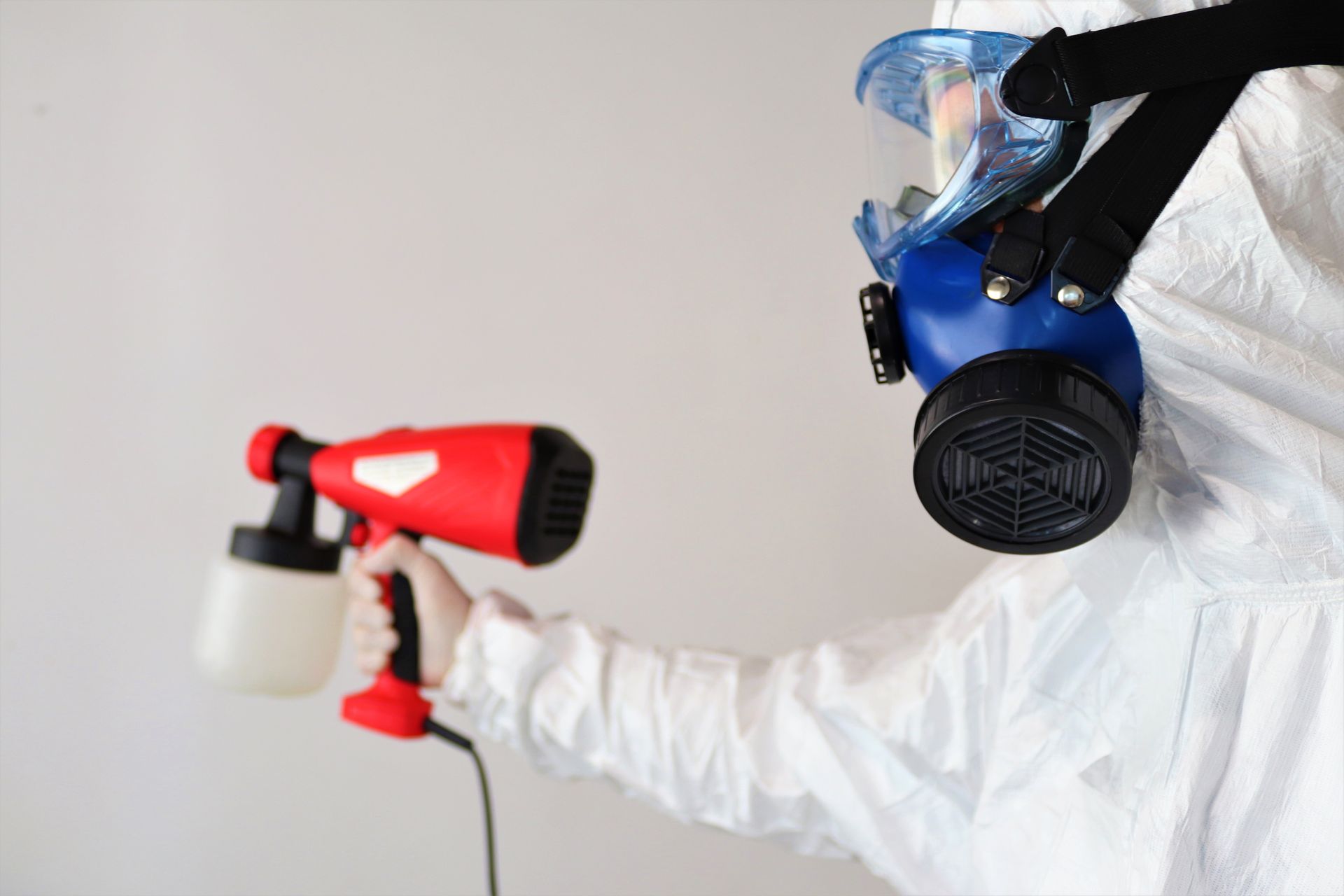

HIC #: HIC.0670993
Mold License #: CMR0000046093
Our duty is to guarantee your home. When it comes to mold remediation, we go beyond industry standards to ensure that your mold issue is forever fixed. You won't have to worry after we leave that six months down the line the mold will reappear. All of our work is guaranteed for one year.
Our Services
Quick Links
Contact Information
152 Colebrook River Rd, Winsted, CT 06098, United States of America
30 Mill St. Unit I, Unionville, CT 06085
Home Guarantee, LLC

